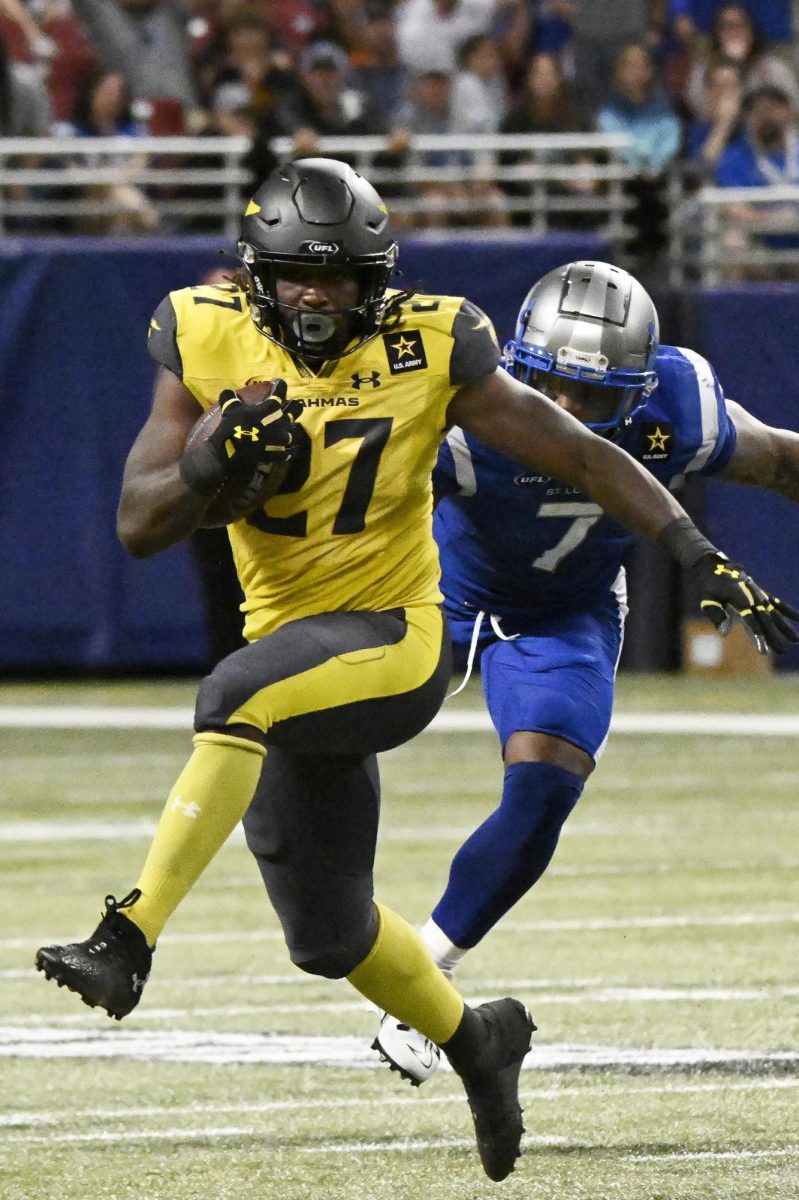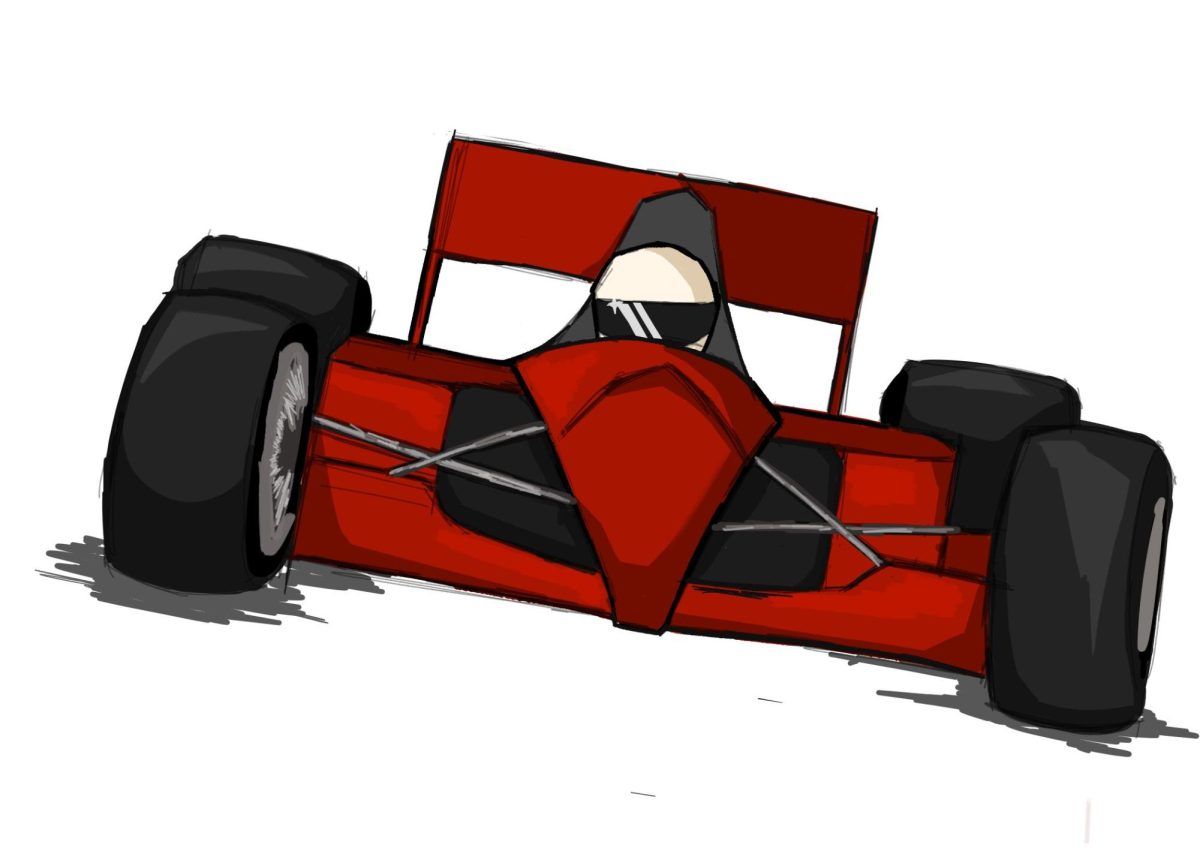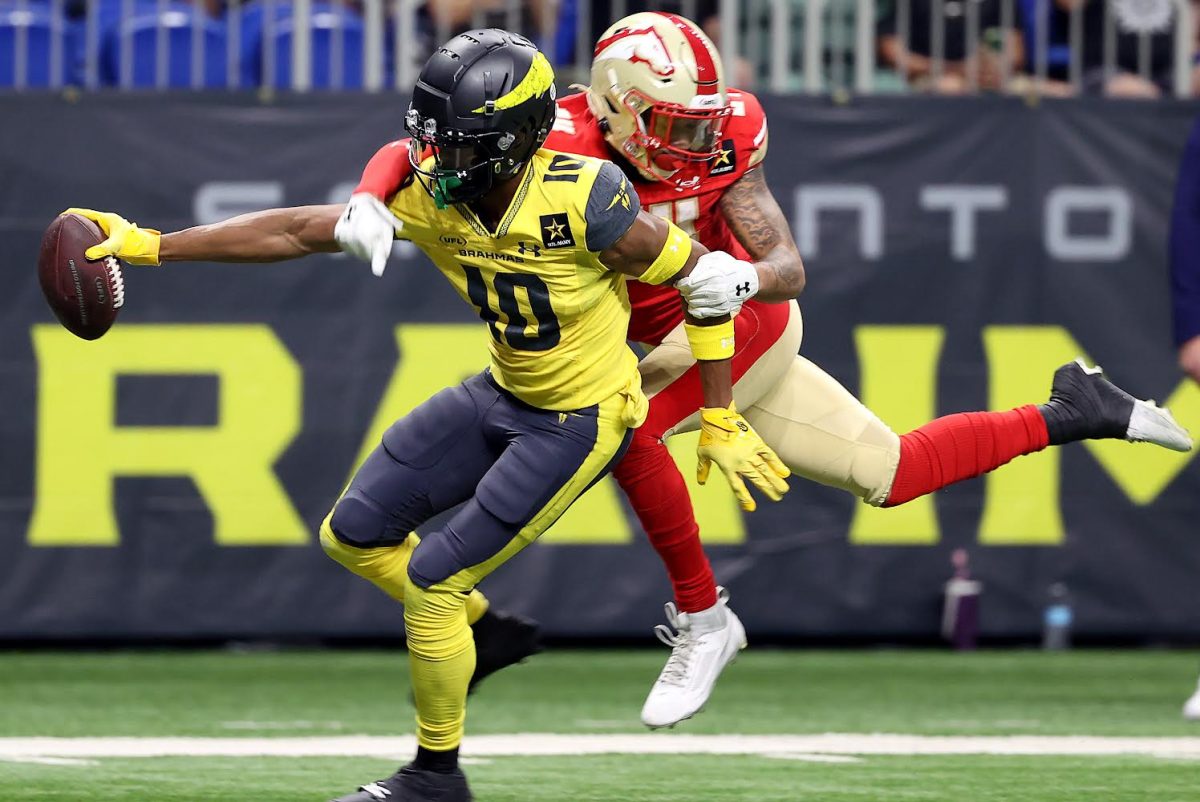UTSA…the next UT? This is the hope among many students who wish to bring a football team to UTSA.
“We have the opportunity to change the face of the university for the future,” Lynn Hickey, athletics director said, referring to the referendum students will be voting on next week.
The referendum will increase athletic student fees to help fund a UTSA football team, improve athletic facilities and improve the university’s 16 existing sports. In addition, UTSA must increase its budget from $8 million to $18 million by the 2014-2015 academic year in order to be considered for Division 1-A.
According to Robert Southall, director of the College Sport Research Institute, a number of schools believe their football teams are going to become the next UT Longhorns; however, in just five years they are disappointed with the results.
“Some people think football legitimizes them as a university,” he said. “But unless you are one of the top tier schools, research indicates having a football team is a losing proposition. You don’t make money, and football is an expensive sport.
“Think of it this way: how many people would pass up a game at UT for a game at UTSA?”
Brad Parrot, associate athletics director of external affairs at UTSA, acknowledges only few schools make money from football, but is confident UTSA will attain revenues through other sources.
“Fifty percent of the universities that play football depend on student fees to fund them,” he said. “About 25 percent break even, and only a few make money.
“But football is just a part of it; this is about trying to establish a new set of schools that we’re compared to, both academically and athletically. Most prestigious universities have football teams.”
According to Southall, this thought is referred to as the “Flutie factor”: students attend a university because they have a good football team.
“You’re looking at football as what’s called a ‘loss leader,'” Southall said. “You know you’re going to lose money, but you have something to brag about. There will be consequences- it’s an economic fact of life. The money has to come from some place.
“There’s a lot of good schools that have football programs and a lot that don’t. It depends on what you think makes you big time.”
However, Hickey calls attention to the student life aspect, and the importance of having pride in one’s university.
“We’re starting to build a residential campus,” she said. “Our [athletics] major responsibility is to enhance campus life. Students want the whole package.”
Currently, students pay $10 per hour for the first 12 hours of each semester, a maximum of $120 per semester. If the student referendum is passed, athletic fees will increase annually in increments of $2 or less, capping at $20 per hour or $240 per semester.
However, Murray Sperber, professor emeritus of American Studies at Indiana University, cautions that the $2 increase in student fees could end up costing students $5 or more.
“From my 20 years of experience in college sports, the fees almost always end up being more than what was originally stated,” he said.
According to Sperber, college sports and culture critic and author of “Beer and Circus: How Big Time College Sports is Crippling Undergraduate Education,” there are a lot of hidden costs when going big time in football.
“It’s not just football; it’s equipment, it’s scholarships, it’s coaches and it’s assistant coaches,” he said. “Even the NCAA has admitted that 10-15 schools at the most are making money.”
Up to 85 players are allowed on a Division 1-A football team, with more than half of those athletes on scholarship. According to the feasibility study, the fees would also fund transportation costs, coaches’ salaries, administration salaries, recruiting, transportation, hotel costs, equipment and supplies, practice facilities and many other expenses.
“But it’s not just about football; we have 16 other sports here. This is about asking the students to come together and take our program to a whole other level so that we may be affiliated to a higher level of schools,” Hickey said.
“If we can do this, that in turn will bring the university to a higher level of visibility.”
If students pass the referendum, President Ricardo Romo will review the proposal and send it to the UT board of regents for approval. If the board of regents approves the referendum, UTSA will have to raise $15 million to cover the cost of deficits the referendum would not be able to cover.
According to Parrot, the university will seek funding through local donors.
Currently, $7.05 million has been raised for the athletics complex, and the university has asked the county for $50 million. The university is also working with sports foundations.
“This is an effort by not only the university and athletics department, but an effort from San Antonio business leaders as well,” Parrot said.
If and when the referendum is passed and the athletic department has raised several million dollars, the “best case timeline published in the recent football feasibility study has UTSA playing its first game three years after the decision is made to begin a football game,” according to a FAQ form released by UTSA athletics.
Before UTSA can play Division 1-A football, however, the university will have to play at least two years in Division 1-AA, according to Parrot.
“There’s a set of requirements to move from Division 1-AA to Division 1-A,” he said. “We will not move until we have a conference to move to, and you have to be invited by a conference. It will take 8-10 years to get to the Division 1-A level, to get to that conference.”
Hickey also notes that is the first step in a long-term plan.
“We want to be the best we can be,” she said. “It takes effort, time, money, investment. “We cannot do it without the support of the students, we’re asking them to help us go one step higher.
“We want the students to know this is a vision, an opportunity to lead a legacy.”









